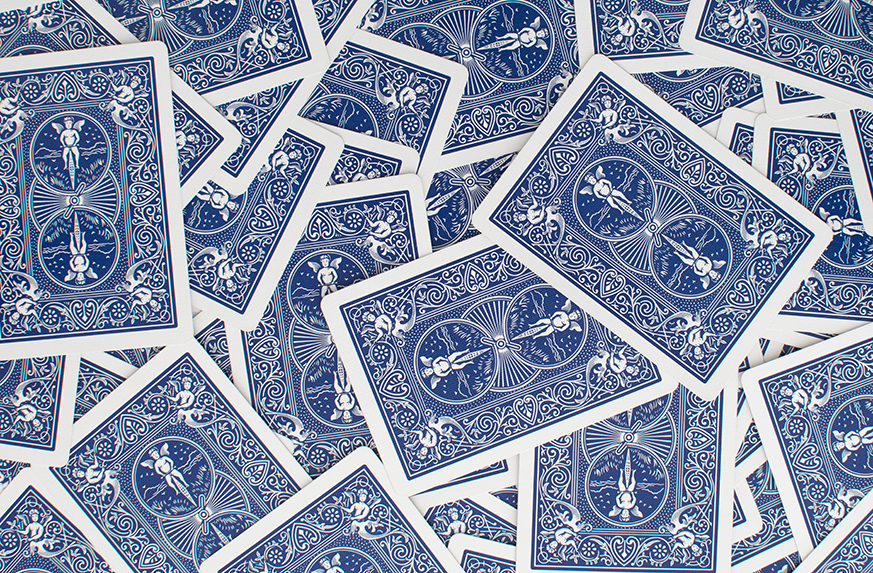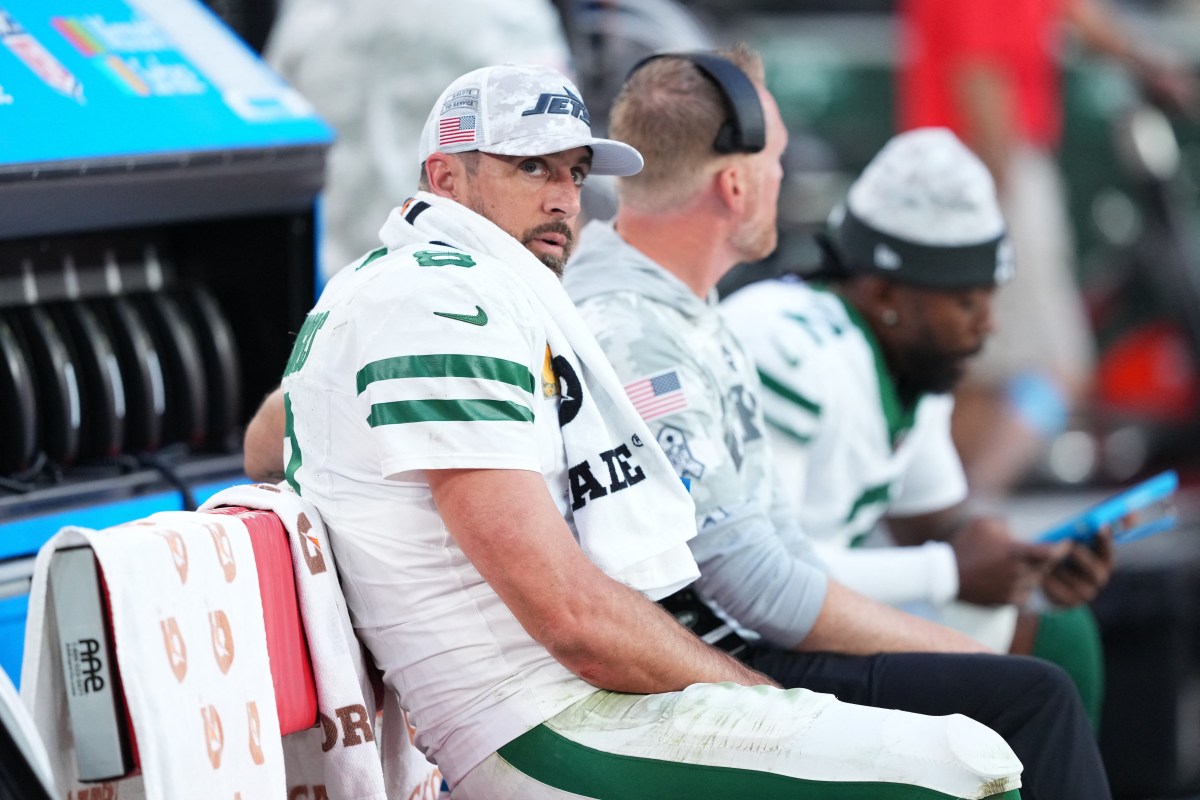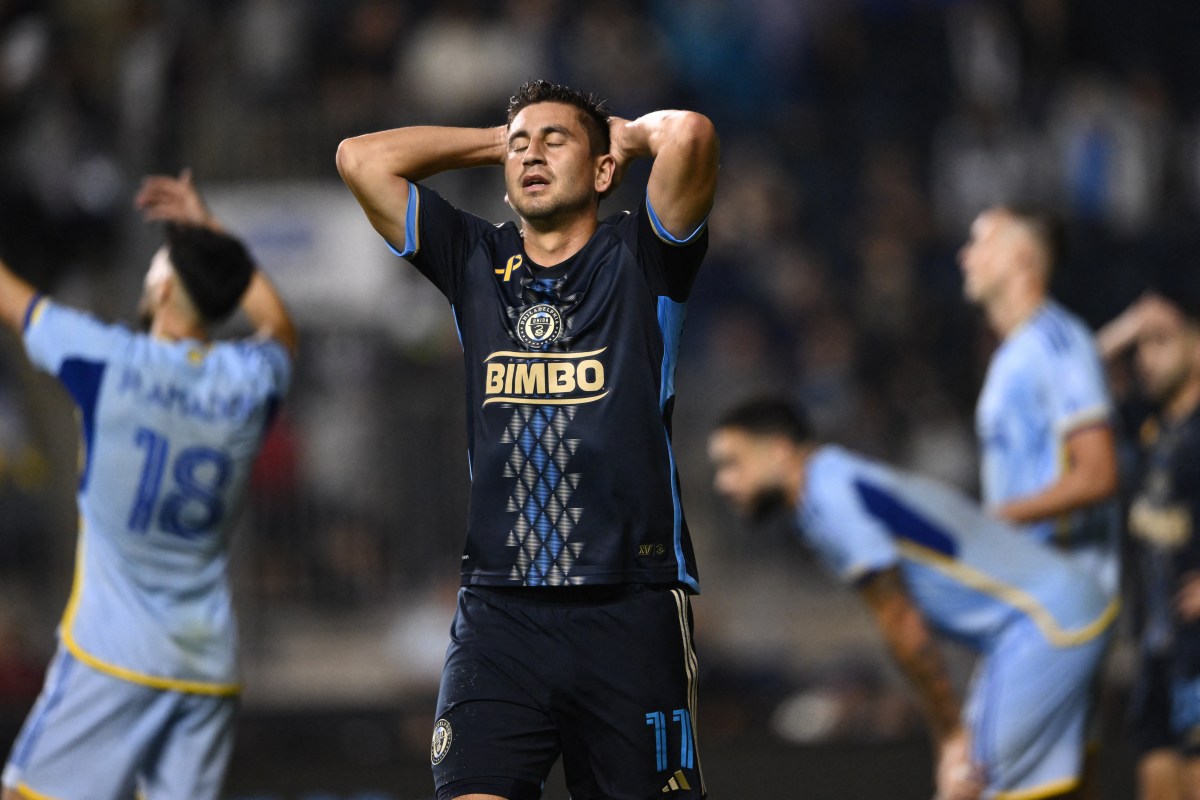Baccarat is a classic card game offering great odds for players and is simple to learn. A nice streak of luck and a player can walk home with some decent profits, and have a lot of fun in the process. The game is pretty straightforward with really just a few decisions for players to make: betting the banker, the player, or a tie. However, our advice is that betting on the tie is a bad bet and should be avoided.
The game is available online along with a few fun variations. These online casino games feature some twists that offer even more than what a player might find in a brick-and-mortar casino.
Here are a few baccarat variations that can add even more fun to the mix when heading online to play.
Chemin de fer
This is the version of baccarat often found in France and Monte Carlo. The game features six decks and instead of the house serving as banker, players serve in this role as it rotates around the table. The person playing the banker for a particular hand always bets the banker hand.
Unlike traditional baccarat, the player with the highest bet determines whether to take a third card or not, if a hand isn’t an 8 or 9. If the hand is a 4 or less, the player traditionally takes a hit. If the two-card total is 6 or more, a player usually stands. A total of 5 can go either way — hit or stand — it’s up to the player to decide.
Play live dealers online: Sign up at Golden Nugget
 Lucky Draw Baccarat
Lucky Draw Baccarat
This combines some elements of baccarat and blackjack for a fun game. The game makes use of the traditional scoring in baccarat, but is played a bit more like blackjack with additional decisions made by players. All players are dealt two cards face down, and the dealer is dealt one card down and one card up. Like in blackjack, players can choose to stand or draw to receive one extra card. A player making a “lucky draw” for a hit however, must make an additional bet equal to the original bet.
After everyone has made a decision, the dealer reveals his hand and must draw for any hand 4 or lower. Players can earn even money on their original ante bets, and those who made the lucky draw bet will receive the following payouts:
Lucky Draw Payouts:
• 9 – 3 to 1
• 8 – 2 to 1
• 7 – 3 to 2
• 6 and under – even money
The game also offers a block bonus side bet for a chance at some extra winnings. Payouts are based on several factors and hands. The largest bonus, for an ultimate block, pays out at 35 to 1 for a player who receives two hole cards that are higher in rank than the dealer’s up card, but both cards must be identical to each other in rank and suit — certainly not an easy hand to get dealt. The bet pays out for several other variations with differing payouts.
Baccarat Gold
This a popular online version of the game. Like Chemin de fer, players are usually given the option to hit a 5 or not. The game is designed to be more player friendly by removing many of the numerous rules for hitting a hand and instead offering only three basic rules. Allowing players to hit total 5 changes the odds slightly and favors the players betting on the banker at around only a 1 percent house advantage.
Punto 2000 (also called Baccarat Super 6)
One of the unique aspects of this game is the elimination of the commission paid on a winning bet placed on the banker. Instead, when the banker hand wins on a 6, players are paid out at 1 to 2 instead of even money. The tie bet should still be avoided, because it carries a house advantage of more than 14 percent. There is also a super 6 side bet that pays 15 to 1 on a winning 6. However, this wager has almost a 14 percent house edge and should be avoided as well.
Live blackjack dealers: Play now at SugarHouse
Super Pan 9
This game pits one player serving as a banker against the other players at the table in a similar fashion as blackjack. Unlike blackjack, however, that player also is responsible for paying out winners and accepting other players’ losses. Another interesting twist is that all of these cards have been removed from the deck: 7s, 8s, 9s, and 10s. The option to serve as banker rotates around the table and can be passed. Players also begin with three cards instead of two, and then have the option to stand or draw one extra card. The player-banker then collects losing bets and pays out winners.


























